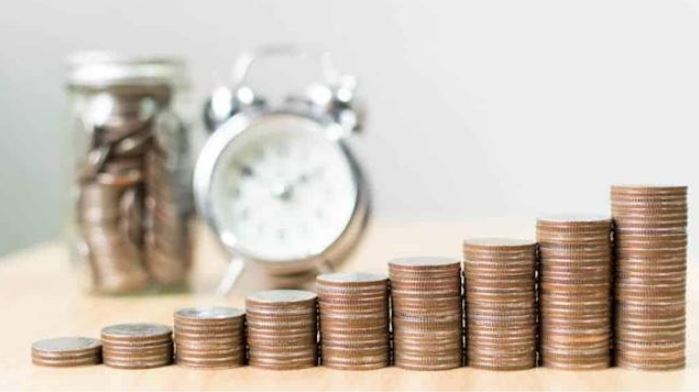Everything You Need to Know About Dividend Reinvesting

Investors who own dividend-paying stocks must decide what to do with their dividend income. There are multiple possibilities:
- Spend it. Use the money to supplement your income
- Save up. Bank it to fund a future expense
- Invest. Combine the dividend with other payments or sources of money to buy stock in another company or fund
- Reinvest. Use the money to buy more shares in the same company.
Let’s examine the latter strategy in greater detail to determine if it’s appropriate for you.
What is dividend reinvestment?
Reinvesting dividends is the practice of using cash dividends paid by a company or fund to purchase additional shares of the same investment. Because the majority of brokerage accounts have automatic dividend reinvestment programs that automate the purchase of new shares of the same company, exchange-traded fund (ETF), or mutual fund, this strategy is available to all investors. Similarly, many dividend-paying companies allow investors to participate in a dividend reinvestment program (also called a DRIP). If a broker or company does not offer an automatic dividend reinvestment plan, investors can manually reinvest their dividend payments.
How does the reinvestment work?
Reinvesting dividends is a straightforward process. When a company pays a dividend, the broker or company uses that money to purchase additional shares of the underlying investment. When an investor enrolls in a DRIP or automated dividend reinvestment program, this process is fully automated. As a result, an investor receives additional shares based on the current market price instead of a cash payment. If the dividend payment is less than the total share price, the investor receives a fraction of the shares. Additionally, these transactions are typically commission-free.
The following illustration explains how dividend reinvestment works. A shareholder owns 100 shares of a company that pays a dividend of $1 per quarter. Thus, he would obtain $100. However, since this investor has enrolled in the brokerage account’s automatic dividend reinvestment program, the funds are used to purchase additional shares. At the time of this dividend payment, if the shares are trading at $25 per share, the investor would own 104 shares.
The same investor would receive $104 in dividends in the following quarter. If the shares were then trading at $26 per share, the investor would own 108 shares after reinvesting dividends. This effect would persist until the investor sold the shares or disabled the automatic reinvestment program.
How to reinvest dividends?
Typically, investors can enroll in a dividend reinvestment program through their brokerage account. This feature should be accessible via the account settings. Upon selection, investors typically have the following options:
- Automatically register all current and future stocks and funds for it
- Enter all current stocks and funds in a portfolio
- Select individual stocks and funds to participate
Those who have chosen to have all of their current and future dividends automatically reinvested have nothing to worry about. This program adds newly distributed shares or funds to the plan. Similarly, newly paid dividends are automatically reinvested because the initial filing encompasses all current and future dividend payers.
However, if an investor only enters their existing stocks or a portion of their portfolio, they will need to manually add new stocks or funds. Therefore, you must carefully consider whether you desire the convenience of complete automation or some control over the allocation of a portion of the cash dividends.
Should You Reinvest Dividends?
There are numerous reasons for investors to consider reinvesting dividends. It is simple to set up, commission-free, typically allows fractional stock purchases, and enables investors to access their funds quickly. However, compound interest is the most compelling reason to consider automatic dividend reinvestment.
Tax on dividend reinvestment
Even if investors automatically reinvest dividends through their brokerage account or DRIP, cash dividends are typically taxable.
Dividend Reinvestment Plans (DRIPs)
By setting up an automated reinvestment plan, most investment brokers make it simple for investors to reinvest all of their dividends. Investors may also participate in DRIPs offered directly by a dividend-paying company. These programs provide similar advantages to those provided by brokers, as many of them are commission-free and permit investors to purchase fractional shares. In addition, some companies sell stock at a discount to the current market price through their DRIP program.
However, not all DRIPs offer these advantages, so investors must carefully read the fine print. Some companies, for instance, have minimum investment requirements, such as the ownership of a certain number of shares or a certain dollar amount. In addition, some charge a service fee and commission for brokerage services.
The final word on dividend reinvestment
Reinvesting dividends is an excellent method for investors to steadily increase their wealth. Numerous brokers and companies permit investors to automate this process, enabling them to purchase additional shares (even fractional shares) with each payment. This results in interest effects that can accumulate over time.

